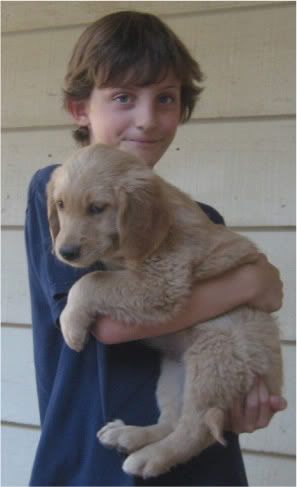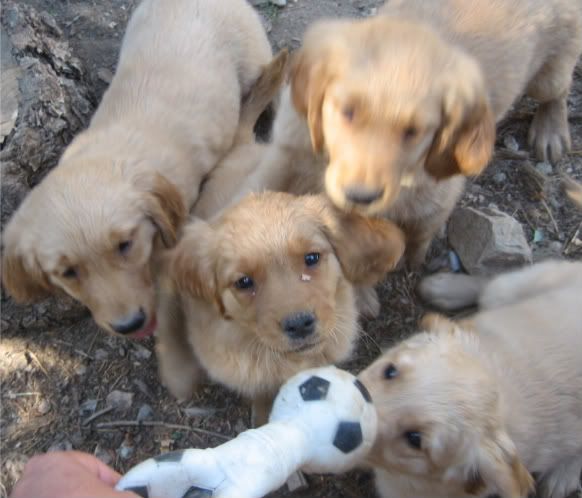
Are you sensible or senseless when it comes to animals?
Seriously, I want to know.
Recently I shared a story with a colleague-because I simply could not believe what I heard.
It seems that a dog I was working with had previous training with a “dog trainer.”
However, that wasn’t what shook me up.
It was the fact that the dog owner allowed the person to be abusive to her animal without questioning it.
Now, there is a certain amount of trust that is passed on to a person by a referral agency–such as a veterinary clinic or other trusted pet care professional.
Also, there is an unwritten trust that is given to those who are considered “professionals.”
But common sense should prevail in certain situations.
In this case, it would have saved an animal a lot of trauma.
Now, I am often called in to work with cases where others have been unsuccessful.
This was no different. In fact, it took several sessions for me to win over the animal’s trust.
However, I didn’t need the trust to train the owner to train the dog–and so that was what we did until the animal decided I was okay.
I never force a relationship with a critter because what is important is for the animal to learn to trust, that trust allows it to learn quickly and easily.
Also, and more importantly, it is the job of the owner to learn how to work with the animal successfully–and this pet parent was doing well.
When you are good at animal training, you can pass the knowledge along and train someone to get results without having to actually put your hands on an animal.
Happily, once the animal was comfortable with me, she began to eagerly greeted me and solicited attention on school days.
Now, since both the owner and animal were clearly at ease–it was time to ask some serious questions.
I noticed that her dog was very fearful when it came to equipment and learning new things.
So, after one of our sessions ended, I asked the dreaded question, “How did your dog react to the last trainer?”
To my horror the owner said, “She would run into the back bedroom and hide behind the bed.”
As I uncovered more and more information, a serious pit formed in my stomach.
The pet parent had actually allowed her dog to be abused by someone who had simply hung out a shingle that read, “dog trainer” but that had no skills with animals and who was actually cruel.
Sure, there are some animals who have a predisposition to being fearful, but when an animal exhibits such blatant fear and dislike of the trainer, why would you continue with that person?
It is senseless.
My friend and colleague said, “People just put their pets in the hands of professionals because they expect them to be the experts.”

Fair enough, but what ever happened to using common sense?
Sad to say that I think many people do more research and investigative work when it comes to buying a television than when it comes to working with a living creature living in their home!
Now I know my readership is made up of the sensible sort but even so, many don’t know just how to make the right choices when it comes to food, care, training and other things we professionals take for granted.
When it comes to your animals, I am sure you have taken actions that are sensible and that sometimes have been senseless–care to share your learning process?
Also, have you ever tolerated something because you’ve been relying on the “expert”?
If so, do tell us about it and what actions you would take instead now–just share in the comments below or in the notes over in my Facebook community.



